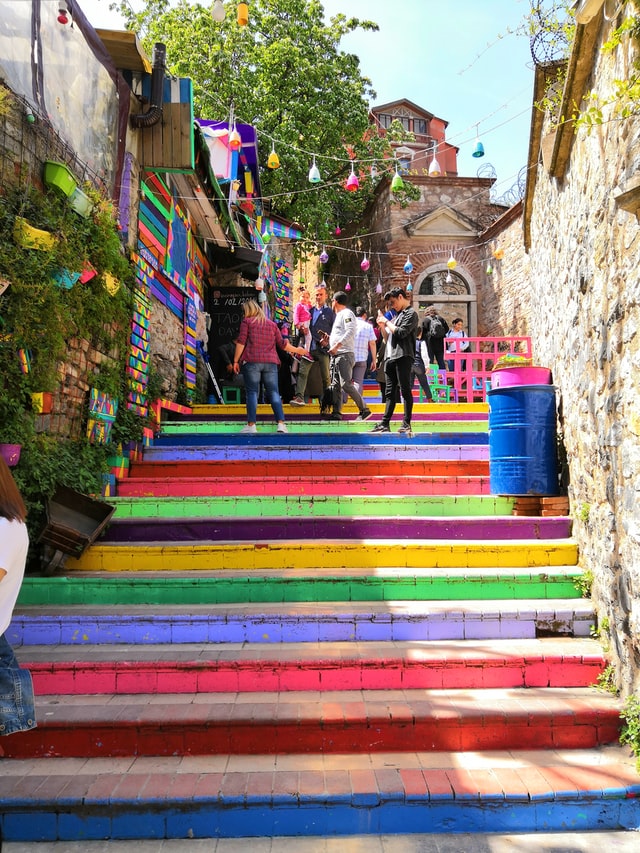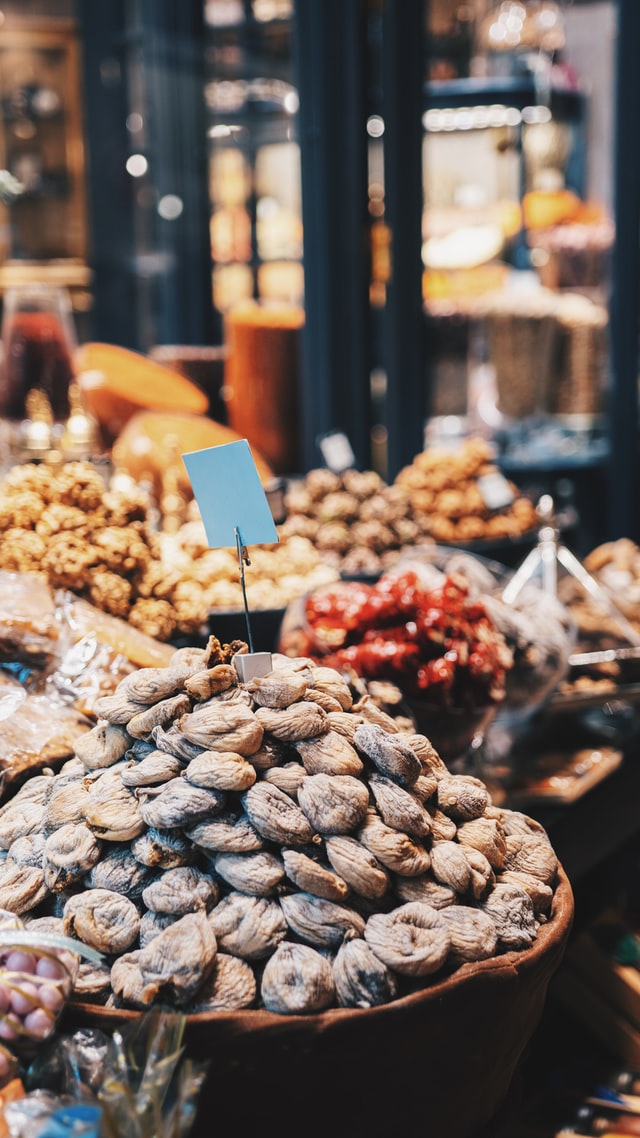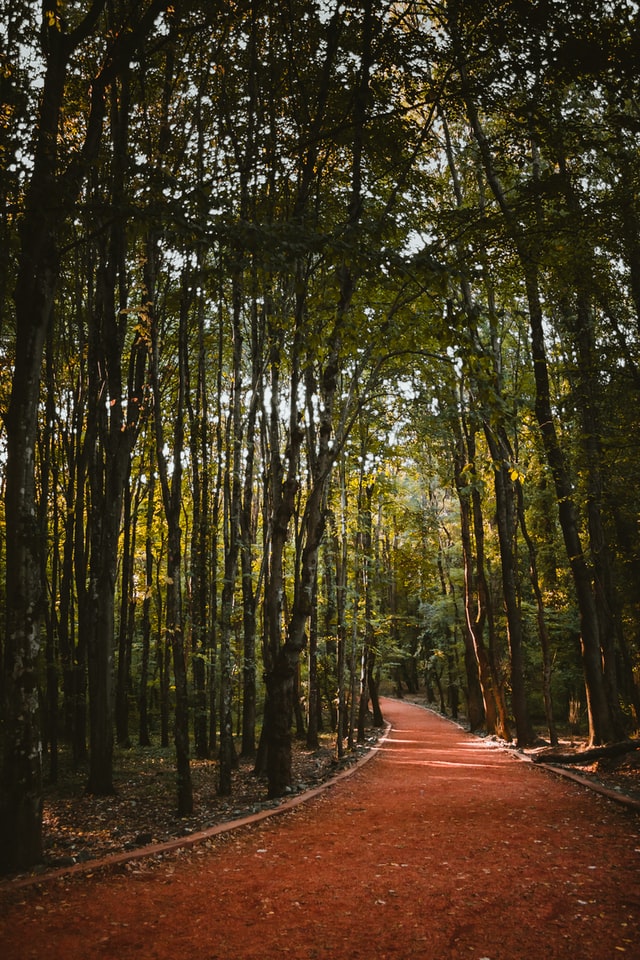
Celtic and Roman Discoveries at Bliesbruck-Reinheim Archaeological Park
by Ruth Kozak
My adventure started in Frankfurt, by train, to the western border town of Rilchingen-Hannweiler. And across the border to Zetting, located in the department of Moselle in Lorraine, France. There I met with my German and French friends for a drive to the Archaeological Park of Bliesbruck-Reinheim. This park is located on both sides of the border of Germany and France. The interesting thing was, I never had any idea while we travelled, when we were crossing the borders!

Our first stop was at an amazing French supermarket in the town of Saargemines which used to be part of Germany. I have never before experienced such a lavish supermarket with extravagant displays of cheeses, fruits, fresh vegetables, baked goods and the most amazing wine section I’ve ever seen!
After picking up few supplies, my friends and I set off again, this time to visit an extensive Roman excavation in Bliesbruck. There are the ruins of a Roman town with baths, craft quarters and a basilica. Nearby is a large Roman villa with a huge courtyard area displaying impressive archaeological finds that illustrate the every-day life of the inhabitants from 2000 years ago.
The Archaeological Park at Bleisbruck-Reinheim is a cross-border project combining excavations and reconstructions of both Roman and Celtic finds. The park covers an area of approximately 1200 by 600 metres. It was created in 1989 when archaeological work was being done on both sides of the French-German border. These finds from the Iron Age are a witness to how there was a continuous settlements in this area for over a period of 10,000 years.
The park is jointly operated by the counsel general of the French department of Moselle and the German district of Saaptale. Its founder, the late Jean Schaub, used his private assets to buy up the land so it could be protected from development, and the relics of the Roman and Celtic past could be preserved.
The first excavations here go back as early as the 19th century but most of the Roman villa has only been excavated and researched since 1987. It is located in an area that was inhabited by the Mediomatrics, a Celtic tribe that was conquered by the Romans in 50 BC. It flourished until the first half of the 3rd century AD, was destroyed by fire in the 4th century and never rebuilt.
One of the most famous artifacts from the excavation is the Equestrian Mask, a bronze-plated iron mask in the form of a human face. It most likely served as a hinged visor on a Roman cavalryman’s helmet. There are also partially reconstructed thermal baths of the Gallo-Roman town sheltered under a roof. The shop-lined town streets are recognizable, it’s foundations exposed, and cellars including a grist mill and bake oven. Recently, a garden has been added containing plants that were typically grown at the time.

We spent some time exploring, then set off to another part of the park located in Reinheim on the German side. It was a beautiful late August day and we enjoyed a walk around the site that is surrounded by a grove of trees. Here, there are burial mounds of the ancient Celts, with many of the artifacts displayed in a museum on the site. There are three burial mounds, including the grave of a woman that was filled with rich funerary objects. The burial chamber was constructed of oaken beams and covered over by a massive mount of earth. It was believed to be the gave of a Celtic princess from the 4th century BC. In another mound archaeologists found an incomplete skeleton of a male with a bronze choker and pottery shards as the only funerary objects. A double tomb from the same period is located near the tomb of the Celtic Princess. It contained the skeletons of two children thought to be a girl of about 15 years of age and a boy of about 14, buried together with rich funerary objects.
The museum is an impressive walk-in reconstruction of the tomb of the Celtic Princess. It includes the most valuable funerary artifacts with a mannequin laid out, representing the princess dressed as she would have been when buried.

After leaving Reinheim, we visited an old cemetery near the village of Frauenberg, which means “mountain of women.” The town was occupied as early as 500 BC. There are ruins of the original town and castle nearby. We wandered around inspecting the old ornate grave stones, many dating back several hundred years and visiting the Faience Museum there that displays the ceramics the town is noted for.

The day was growing late so we headed back into French territory, stopping for dinner at an Algerian restaurant, La Coucousiere. We enjoyed a delicious cuisine of Algerian food featuring couscous that the restaurant is renown for. Then it was time to return to Zetting, the starting point of our fascinating day’s adventure.
Back in Zetting, I contemplated how many times we had crossed borders that day without really being aware of it. It was certainly a unique travel experience in Lorraine, France and Germany.
For more information:
Bliesbruck-Reinheim European Archaeolgical Park
About the author:
W. RUTH KOZAK is a Canadian historical fiction writer and travel journalist with a strong interest in history and archaeology. Ruth is a member of the BC Travel Writers Assoc. She publishes regularly in print and on-line travel magazines and wrote an e-book guide of Athens for a US publisher. Athens and Beyond, available on Kindle e-book. Her historical fiction novel, “SHADOW OF THE LION; BLOOD ON THE MOON” about the fall of Alexander the Great’s dynasty, was published by MediaAria-CDM, Bristol England in two volumes and full volume on Kindle e-books. www.shadowofthelion.com






















